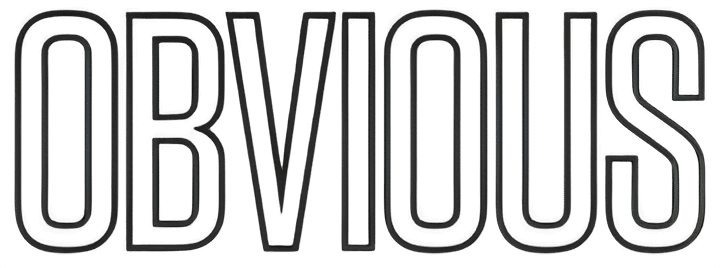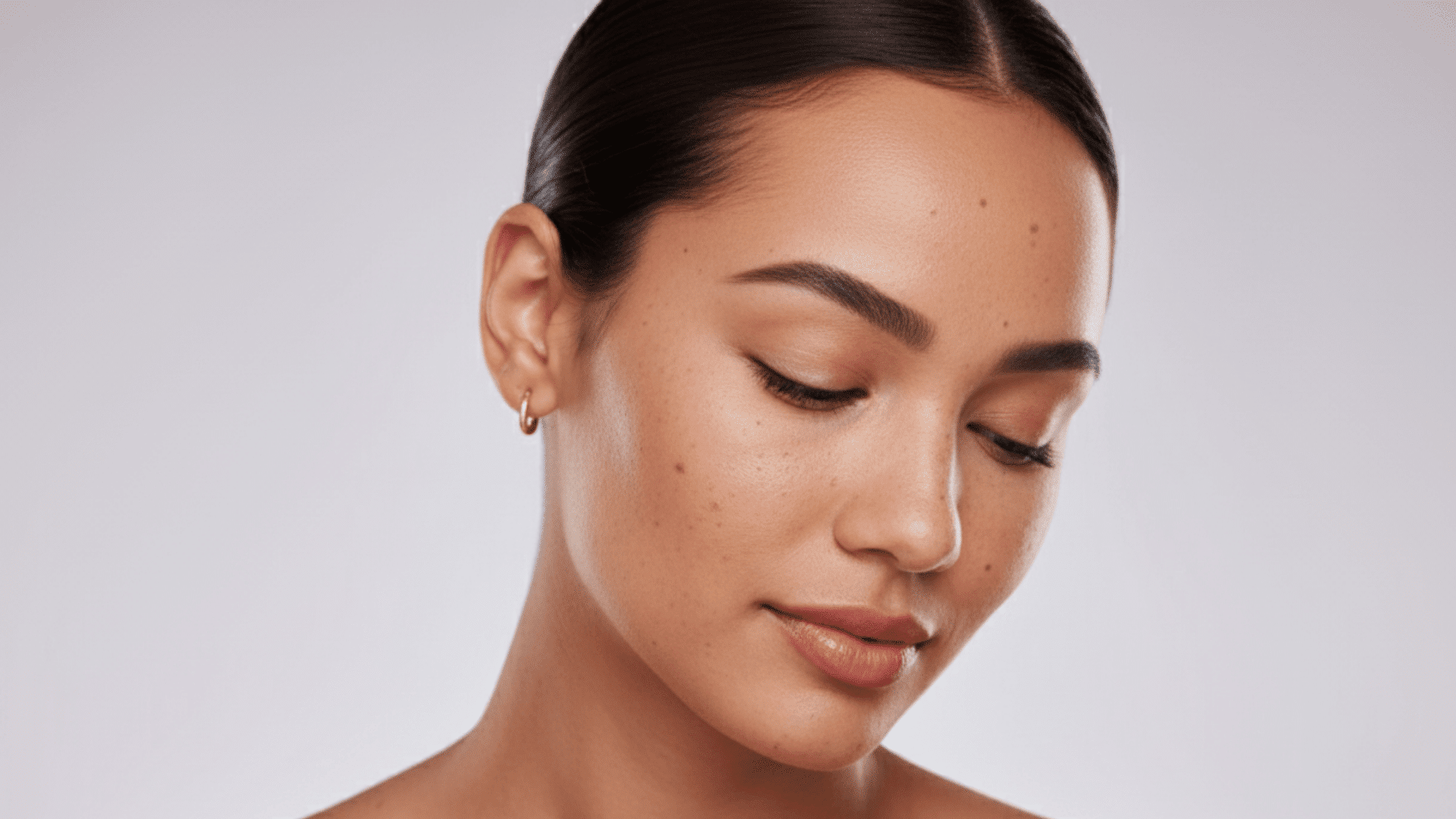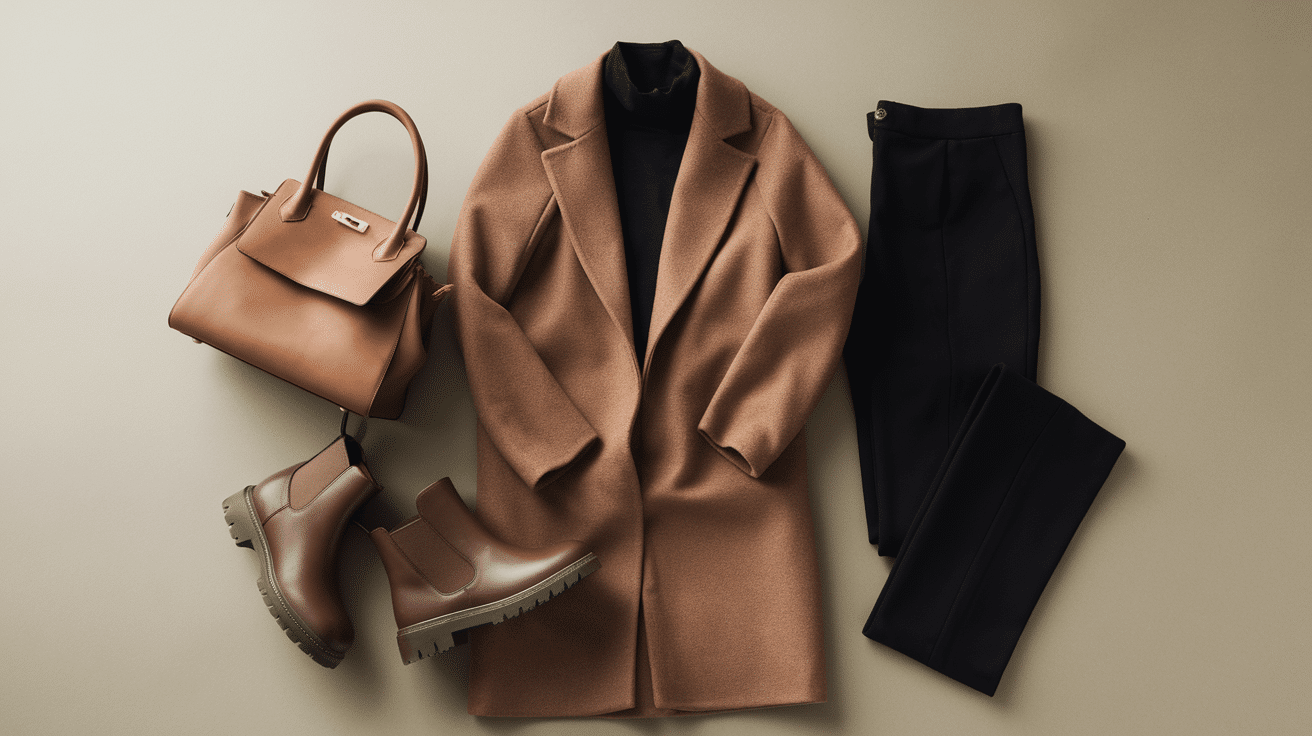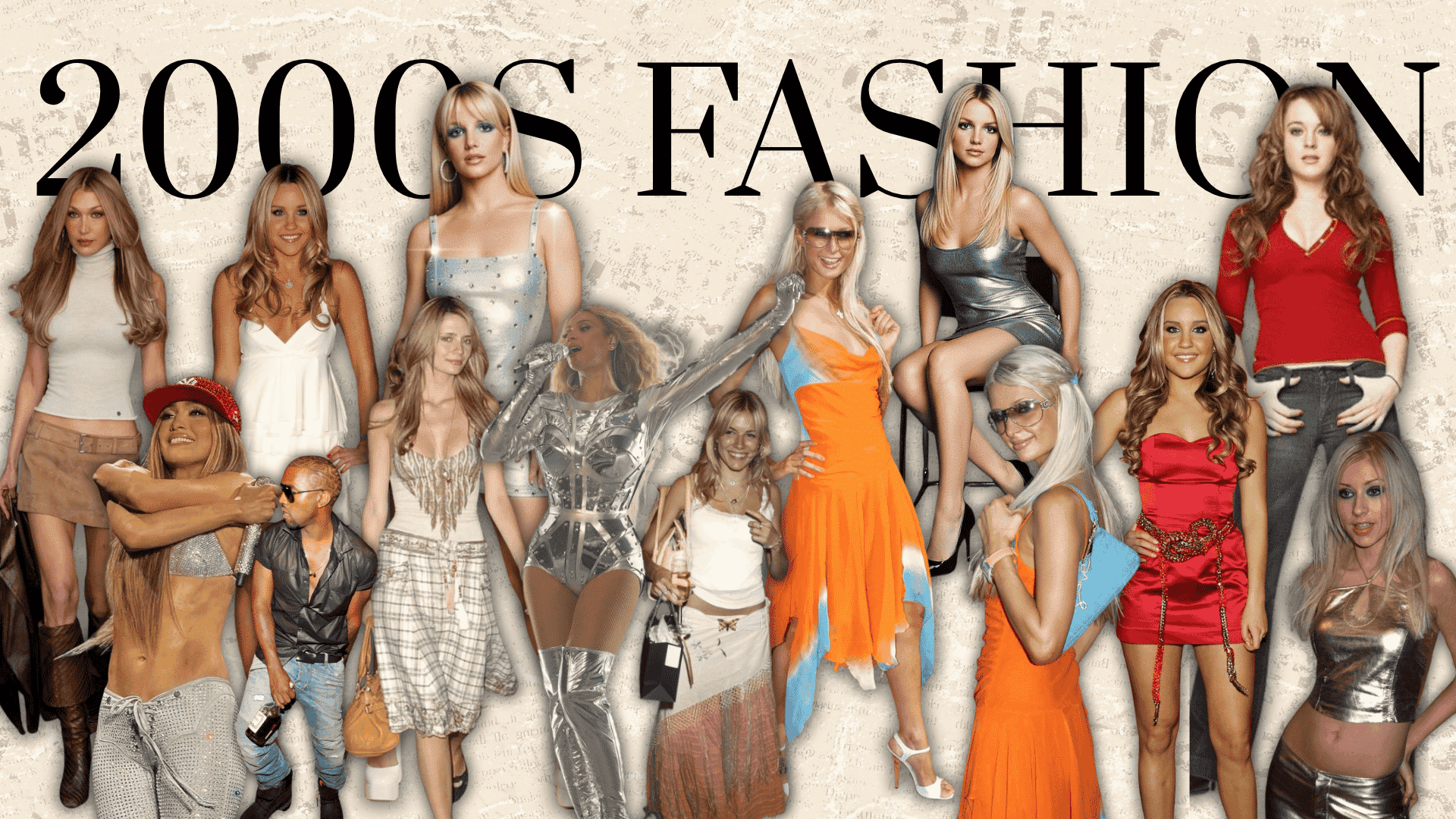Your bathroom shelf tells a story, and lately, it’s probably speaking Korean.
Korean beauty products have changed how millions of people take care of their skin, but one question keeps coming up: is Korean skincare better?
Walk into any store and you’ll see shelves full of Korean essences, sheet masks, and multi-step routines promising smooth, glowing skin.
People have mixed feelings about it. Some love the results and healthier-looking skin while others think it’s too complicated.
What Makes Korean Skincare Stand Out?
Korean skincare focuses on prevention rather than fixing problems later.
The approach centers on hydration, layering lightweight products, and strengthening your skin’s natural barrier.
Here’s what sets it apart:
Layering Philosophy: Instead of one heavy cream, you use multiple light products like toner, essence, serum, and moisturizer and each has a specific job without feeling heavy.
Gentle Ingredients: Korean products feature hydrating components like hyaluronic acid, fermented extracts, and plant-based ingredients that keep skin healthy.
Affordable Pricing: Quality Korean products cost much less than Western brands while delivering great results.
Key Ingredients Used in Korean Skincare
Korean skincare relies on mild, nature-inspired ingredients that focus on long-term skin health rather than quick fixes.
These components work together to hydrate, soothe, and strengthen the skin barrier.
|
Snail Mucin: Helps repair skin, reduce scars, and improve elasticity with a smooth, non-greasy texture. Centella Asiatica (Cica): Soothes irritation, calms redness, and supports healing for sensitive or acne-prone skin. Ginseng: Brightens dull skin and improves circulation for a refreshed, energized appearance. Rice Extract: Promotes smoother, brighter skin while gently evening out tone and texture. Propolis and Honey: Nourish the skin with antibacterial and moisturizing properties for a natural glow. |
The Benefits of Using Korean Skincare
Korean skincare focuses on long-term skin health rather than short-term fixes.
Its products gently care for the skin, keeping it balanced and hydrated.
- Hydration: Keeps skin moisturized with lightweight, layered products that prevent dryness and maintain softness.
- Barrier Support: Strengthens the skin’s natural barrier, reducing irritation and improving resilience.
- Gentle Care: Uses mild, non-stripping ingredients that nourish instead of aggravating the skin.
- Consistency and Prevention: Encourages regular care to prevent future issues rather than only treating existing ones.
- Long-Term Results: Promotes smoother, balanced, and radiant skin with continued use.
How Is Korean Skincare Different from Western Skincare?

Korean skincare focuses on prevention, hydration, and gentle care, while Western skincare often targets visible concerns like acne or aging with stronger actives.
Korean routines typically include multiple lightweight layers to nourish the skin, whereas Western routines are shorter and rely on powerful ingredients for quicker results.
Culturally, Korean skincare treats daily care as a long-term ritual, while Western skincare emphasizes scientific, results-driven solutions.
Both approaches are effective but the best choice depends on skin type, goals, and consistency.
Is Korean Skincare Better Than American?
| Aspect | American Skincare | Korean Skincare (K-Beauty) | Japanese Skincare (J-Beauty) |
|---|---|---|---|
| Focus | Active ingredients for fast results | Hydration and skin barrier health | Prevention and long-term maintenance |
| Philosophy / Approach | Targets specific problems (acne, wrinkles, dark spots) | Multi-step, layered care for glass skin | Minimalist, simple routine for mochi skin |
| Routine Length | 3–5 steps | 7–10+ steps | 3–4 steps |
| Key Ingredients | Retinol, vitamin C, acids | Snail mucin, fermented extracts, hyaluronic acid | Rice bran, green tea, camellia oil |
| Results Timeline | Quick, visible changes | Gradual improvements over time | Steady, balanced results |
| Price Range | Often $50–$100+ per product | Usually under $20 per product | Moderate, often mid-range |
| Best For | Severe skin concerns and faster results | Sensitive skin, hydration, and glow | Simple, low-maintenance routines |
Korean, American, and Japanese skincare each have unique philosophies, ingredients, and routines that cater to different skin needs. None is universally “better,” but each offers distinct benefits depending on your goals and preferences.
User Voices: What People Really Say About Korean Skincare
Users share both praise and caution about Korean skincare routines.
Here are a few notable takeaways:
-
One user with sensitive skin and rosacea reported switching “most of my products … to Korean brands” and found that the skin barrier “really helped … keep my skin barrier healthy.”redditmedia.com
-
Another commenter noted: “I prefer to use a mix of Korean and western skincare. Korean products usually have more of the good stuff for a lower price.” The Skin Care Tips+1
On the flip side, several users advised caution: many Korean brands use strong visuals and hype, but the reality is “introducing too many new products at once … can be overwhelming for your skin.”
Video Reference
Special thanks to Safiya Nygaard for her YouTube video, “I Tried A 10-Step Korean Skincare Routine For A Month,” which inspired the insights and comparisons shared in this section.
Is Korean Skincare Worth Trying?
Korean skincare is worth trying if you value hydration, gentle ingredients, and affordability.
It works especially well for dry or sensitive skin.
Start simple with a gentle cleanser, hydrating toner, and moisturizer, then gradually add treatment products based on your needs.
Always buy from reputable retailers to avoid fake products, and remember that results take consistency and time, usually several weeks to months.
Pay attention to how your skin responds and adjust accordingly.
What Are the Best Korean Skincare Brands?

Several Korean skincare brands have built strong global reputations for innovation, quality, and accessibility.
- Innisfree: Focuses on natural ingredients from Jeju Island and eco-friendly products that promote hydration and balance.
- LANEIGE: Famous for its Water Sleeping Mask and Lip Sleeping Mask, designed to deeply moisturize and refresh tired skin.
- Etude House: Offers fun, affordable skincare and makeup that brighten and soften the skin, appealing to all ages.
- Sulwhasoo: A luxury brand that blends traditional Korean herbal medicine with advanced skincare science to enhance firmness and radiance.
- Dr. Jart+: Renowned for dermatologist-tested products such as the Cicapair line, which soothes irritation and strengthens the skin barrier.
Common Misconceptions About Korean Skincare
Many people think Korean skincare is only for certain skin types, but it’s designed for everyone, including oily, dry, and sensitive skin.
Another common belief is that results appear quickly, while in reality, Korean skincare focuses on gradual improvement through consistent care.
It’s also a myth that every routine must have ten or more steps.
Most people adjust the number of products based on their skin’s needs.
Conclusion
When it comes to glowing, healthy skin, there’s no single answer to the question; is Korean skincare better.
Korean routines focus on hydration, layering, and prevention, while American and Japanese skincare emphasize targeted treatments and simplicity.
Each approach serves different needs, from achieving a dewy glow to managing specific concerns.
Ultimately, the best skincare routine is the one that fits your skin’s personality and lifestyle.
Have you tried any Korean products?
Share your favorite steps or results in the comments below; your experience might help someone start their own skincare journey.
Frequently Asked Questions
What Is the 4 2 4 Rule in Skincare?
It’s a cleansing method involving four minutes of oil massage, two minutes of foaming cleanser, and four minutes of rinsing.
What Is a Basic Korean Skincare Routine?
A simple routine includes cleansing, toning, applying essence or serum, moisturizing, and finishing with sunscreen during the day.
What Are Common Korean Skincare Mistakes?
Using too many products at once, skipping sunscreen, and not patch-testing new items are common mistakes in Korean skincare routines.
